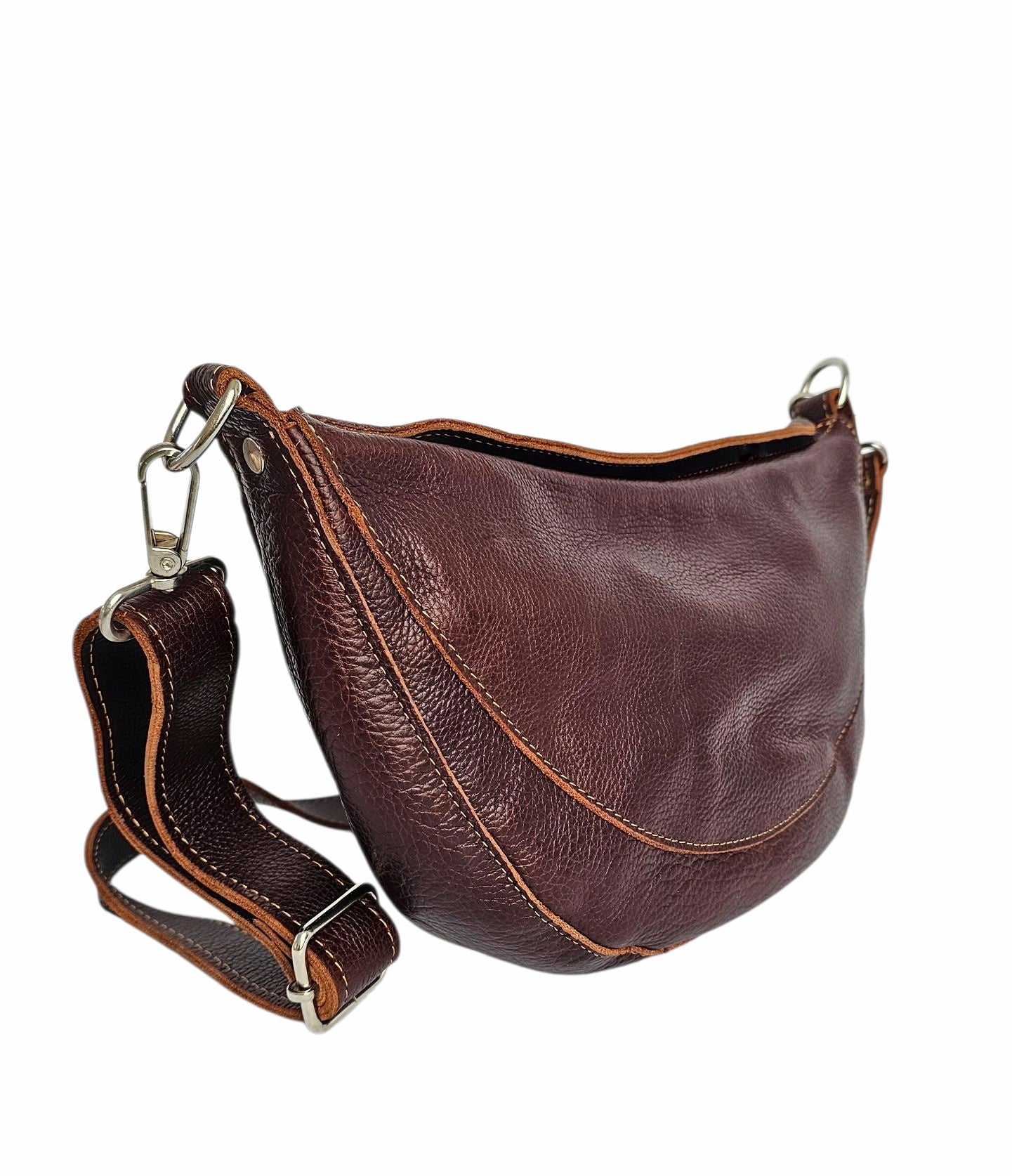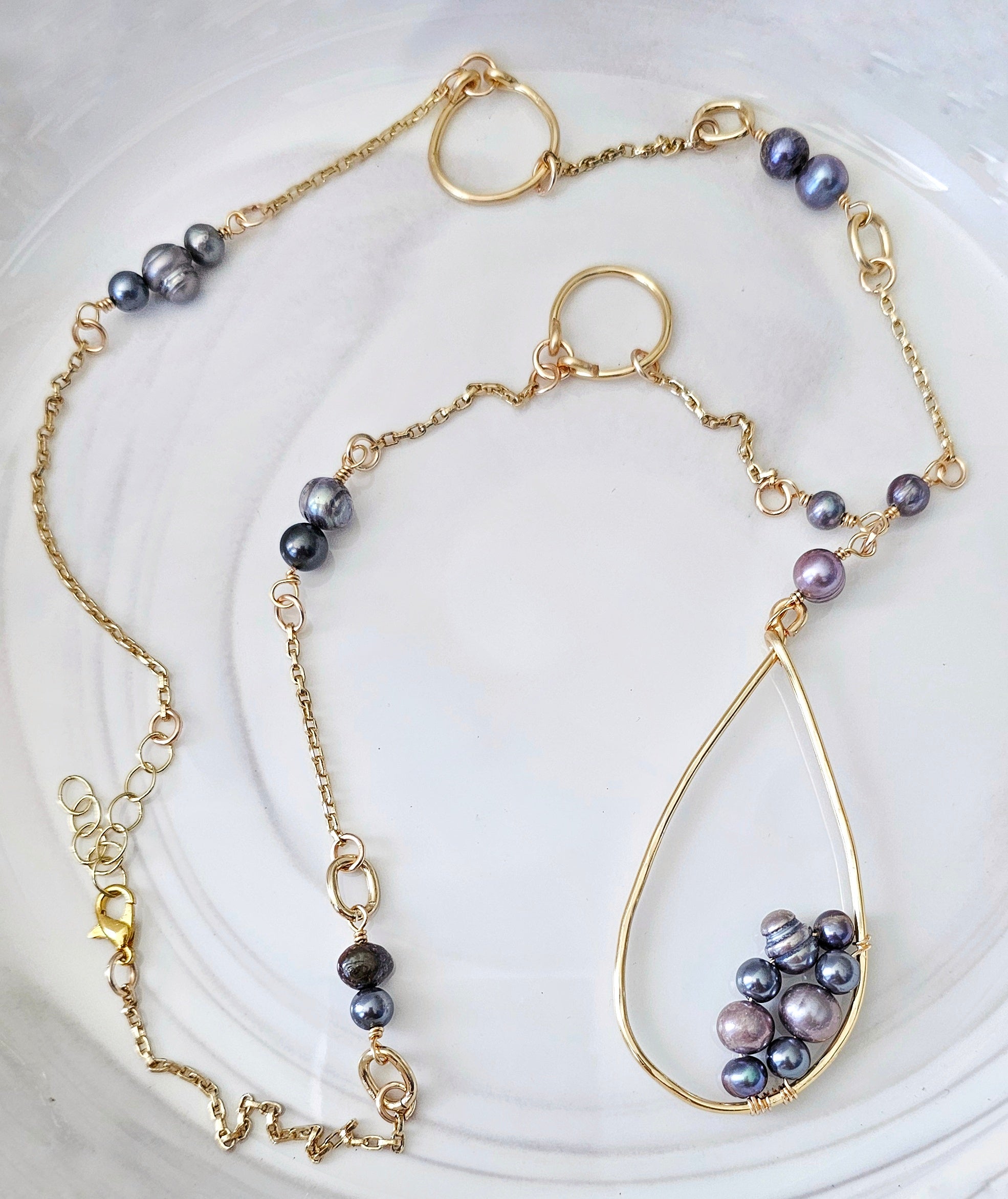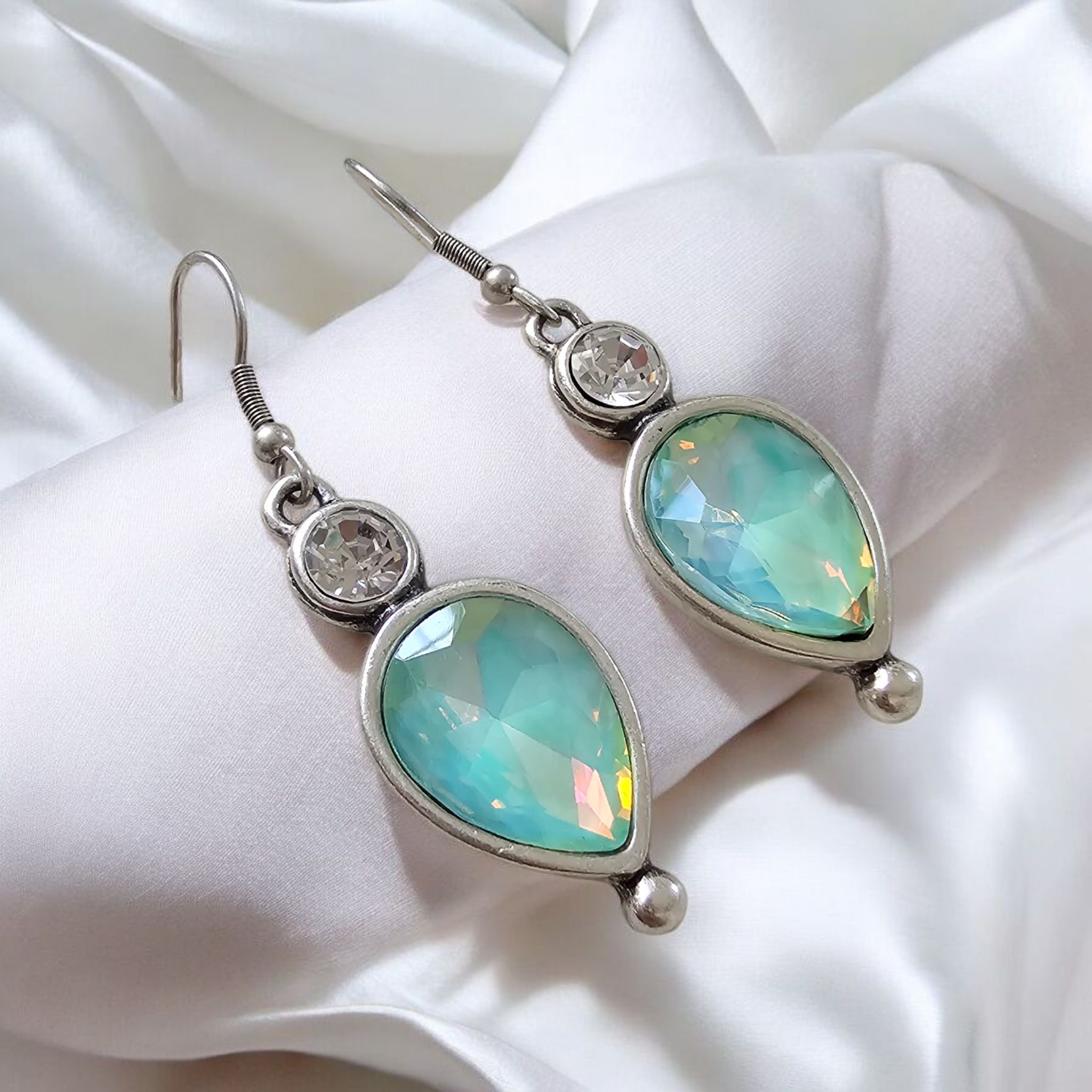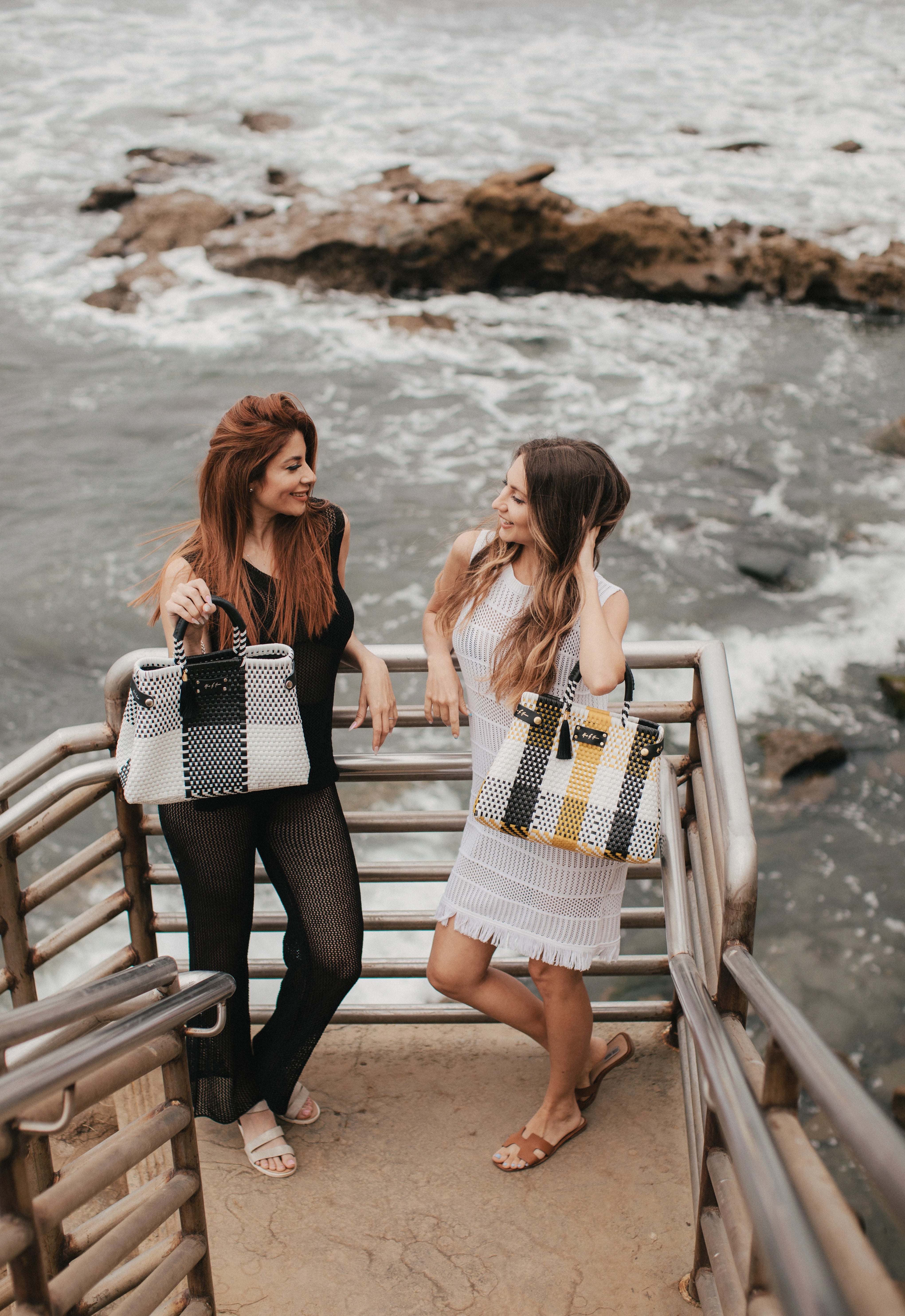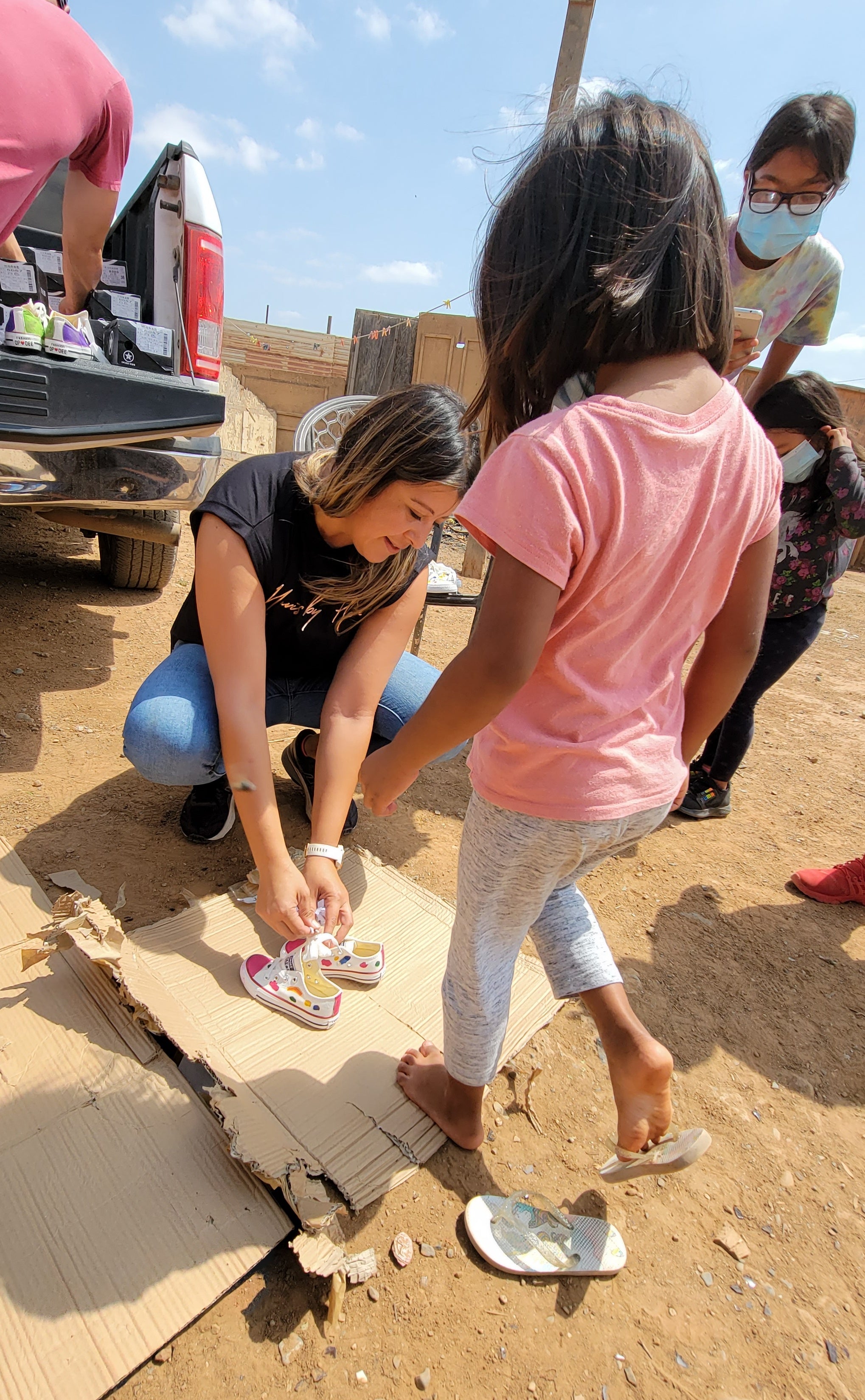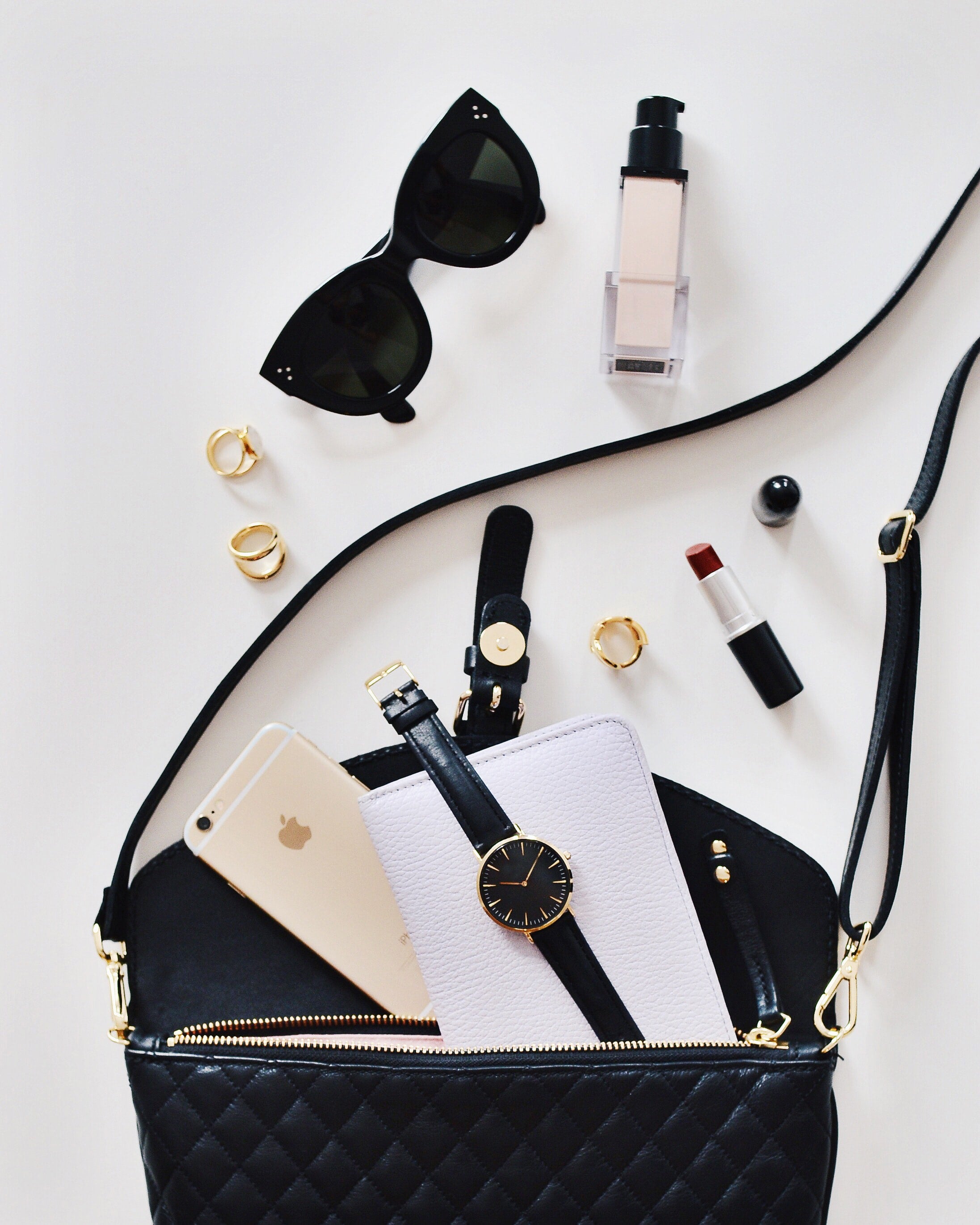Article: The Environmental Impacts of Leather
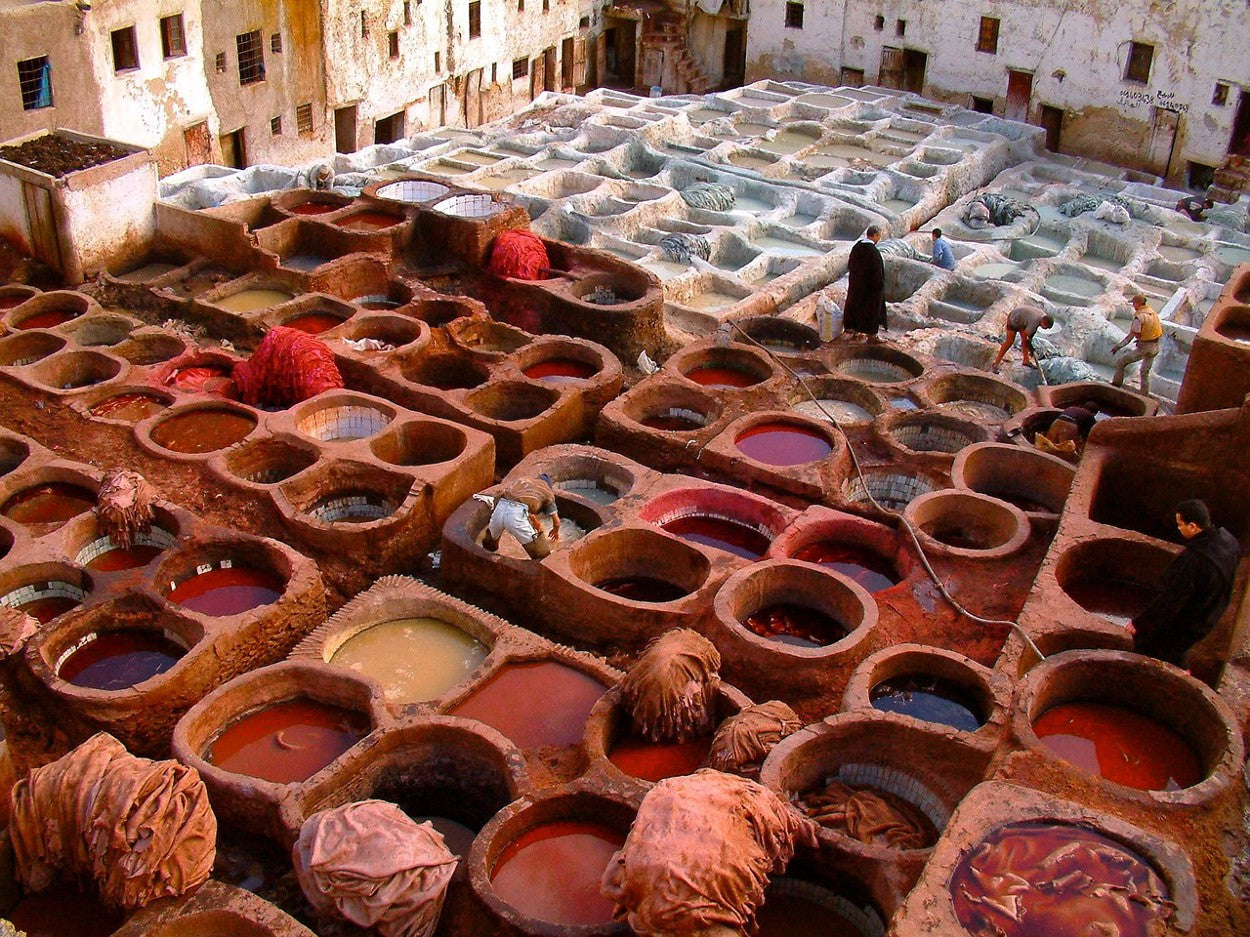
The Environmental Impacts of Leather
Is Leather a Sustainable choice?
Not necessarily, leather can also carry a hefty price-tag for the environment. The livestock industry is responsible for nearly 15% of human-induced greenhouse gas emissions and contributes significantly to deforestation.
Leather is often described as a byproduct of the meat industry. Every year 290 million cows are killed to keep the production with bags and this figure is set to rise to 430 million a year by 2025.
For many people, leather is a sign of good quality and luxury, but who is really thinking about the cows, or even, the environment? Unfortunately, many luxury designer handbags are using leather that comes from animals specifically slaughtered for their skin. Sadly, some of the animals are in species in dangerous.
How does Leather chemicals impact the environment and people?
The processing of leather also impacts the environment, with 300kgs of chemicals being added for every 900kg of animals leather tanned. The majority of the leather purchased in Australia has been processed in developing countries like India, China and Bangladesh. These countries often lack the controls necessary to ensure that toxic chemicals are being disposed of responsibly.
The chemicals that are used to tan the leather handbags is not biodegradable and it’s very harmful and toxic for the water that ends up contaminating the local communities.
Leather- making is also one of the thirstiest industries, with recent estimates suggesting 17,000 liters of water are needed to produces 1kg of leather. That’s over 60 full bathtubs worth! Ouch.
Animals in the Leather Industry
A huge variety of animals suffer from the leather industry, including pigs, goats, sheep, crocodiles, snakes, sting rays, seals, emus, deer, fish, kangaroos, horses, cats and dogs.
In some countries where leather is manufactured, animal welfare laws are minimal or non-existent. Even in Australia, animals raised for leather and food are not given the same legal protection as companion animals or pets. For example, these creatures routinely undergo painful medical procedures without anesthetic, including castration, de-horning, and mulesing.
It is also important to remember that leather isn’t a by-product of the meat industry, or something that would end up being waste so is good to use anyway. Animal hide is extremely profitable, and often animals are killed strictly for their skin. This makes leather a “co-product” of the meat industry, and can essentially be seen as a subsidy on meat. It is vital not to fall into the trap of thinking that leather is a by-product, thus we aren’t ‘technically’ supporting animal slaughter.
Here are some recommendations when buying a new purse made from leather:
- Buy second-hand or recycled leather.
- Do your research and find brands that are reducing their chemical contamination.
- Look for Fairtrade certified products that contribute to better living and working conditions for workers.
- Buy a Mavis by Herrera handbag that is leather free, durable and ethical.




